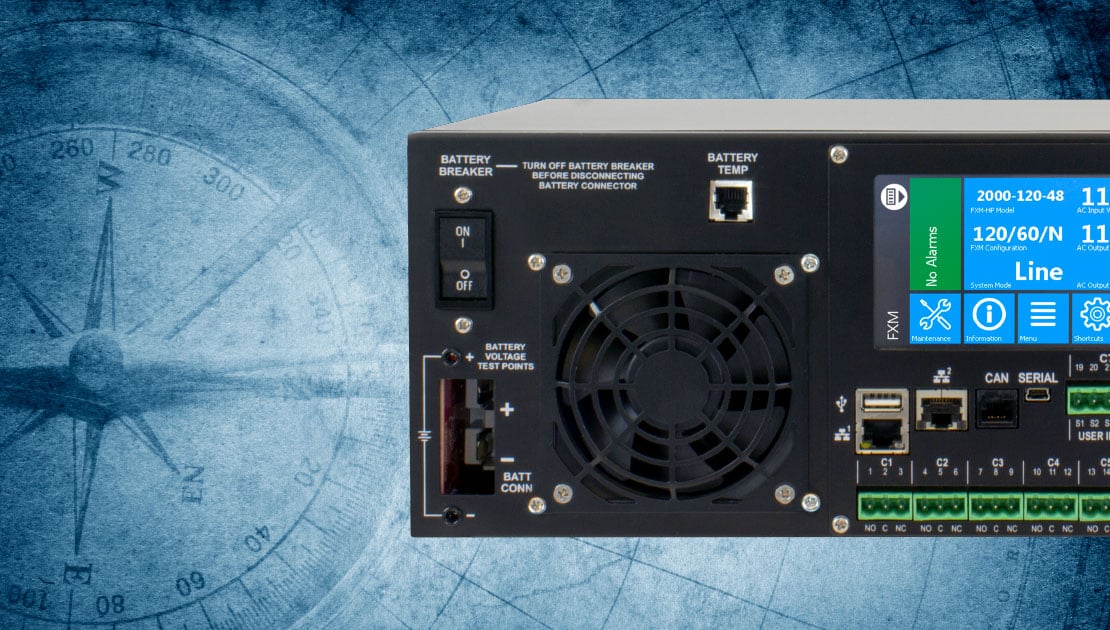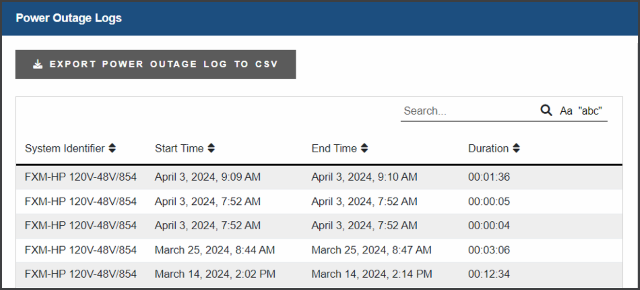POR QUE A ENERSYS?
POR QUE A ENERSYS?WHO WE ARE
WHO WE AREHISTÓRICO DA EMPRESA
HISTÓRICO DA EMPRESALIDERANÇA
LIDERANÇAINVESTORS
INVESTORSCARREIRAS
CARREIRASSUSTENTABILIDADE
SUSTENTABILIDADENOTÍCIAS
NOTÍCIASLOCAIS DE FABRICAÇÃO
LOCAIS DE FABRICAÇÃOFORNECEDORES
FORNECEDORESQUALIDADE
QUALIDADESETORES
REDES DE COMUNICAÇÃO
Ver tudo REDES DE COMUNICAÇÃOO PODER DO 5G
Ver tudo O PODER DO 5GLOGÍSTICA E ARMAZENAGEM
Ver tudo LOGÍSTICA E ARMAZENAGEMTRANSPORTE
Ver tudo TRANSPORTEBANDA LARGA VIA CABO
Ver tudo BANDA LARGA VIA CABODATA CENTER
Ver tudo DATA CENTERENERGIA INDUSTRIAL E UTILIDADES
Ver tudo ENERGIA INDUSTRIAL E UTILIDADESAEROESPACIAL E DEFESA
Ver tudo AEROESPACIAL E DEFESAPROTEÇÃO E SEGURANÇA
Ver tudo PROTEÇÃO E SEGURANÇAMÉDICO
Ver tudo MÉDICOBATERIAS
VER MAIS BATERIASCARREGADORES
VER MAIS CARREGADORESMONITORAMENTO E GERENCIAMENTO DE FROTAS
VER MAIS MONITORAMENTO E GERENCIAMENTO DE FROTASSISTEMAS DE ENERGIA
VER MAIS SISTEMAS DE ENERGIASERVIÇOS
VER MAIS SERVIÇOSTRABALHE CONOSCO
TRABALHE CONOSCODIVERSIDADE
DIVERSIDADEPOR QUE TRABALHAR CONOSCOCO
POR QUE TRABALHAR CONOSCOCOO QUE NÓS FAZEMOS
O QUE NÓS FAZEMOSPROCURAR VAGAS
PROCURAR VAGASGESTÃO AMBIENTAL, SAÚDE & SEGURANÇA
GESTÃO AMBIENTAL, SAÚDE & SEGURANÇADIREITOS HUMANOS
DIREITOS HUMANOSÉTICA & COMPLIANCE
ÉTICA & COMPLIANCECOMPRAS SUSTENTÁVEIS
COMPRAS SUSTENTÁVEISASSOCIAÇÕES DO SETOR
ASSOCIAÇÕES DO SETORENGAJAMENTO DA COMUNIDADE
ENGAJAMENTO DA COMUNIDADEHISTÓRIAS QUE VALEM A PENA COMPARTILHAR
HISTÓRIAS QUE VALEM A PENA COMPARTILHARPOLÍTICAS E RELATÓRIOS
POLÍTICAS E RELATÓRIOSVISÃO DA INDÚSTRIA
VISÃO DA INDÚSTRIATRADE SHOWS & EVENTS
TRADE SHOWS & EVENTSENERSYS PULSE - BLOG
ENERSYS PULSE - BLOGLOGISTICS DEPARTMENT
LOGISTICS DEPARTMENTENERSYS FINANCIAL SOLUTIONS
ENERSYS FINANCIAL SOLUTIONSDOCUMENTOS
DOCUMENTOSFICHAS DE DADOS DE SEGURANÇA (SDS/MSDS)
FICHAS DE DADOS DE SEGURANÇA (SDS/MSDS)FERRAMENTAS
FERRAMENTAS





